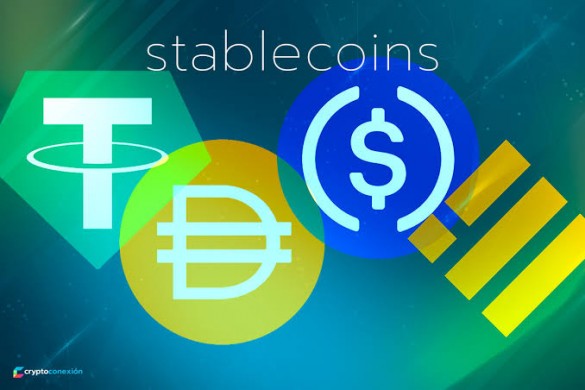Interest in crypto is steadily creeping back into everyday conversations. The same people who once dismissed the space are now showing curiosity. Former skeptics are engaging with staking strategies, while professionals from unrelated industries are reaching out with investment questions. It’s a sign: the tide is rising—gradually, but undeniably.

This isn’t the explosive hype cycle of 2020. It’s a deeper shift—fueled by infrastructure, regulation, and institutional alignment.
The Institutional Turn Toward Ethereum
Back in June 2021, Bitcoin was trading at $33,500, and Ethereum hovered around $2,500. Four years later, Bitcoin has surged past $100,000, while Ethereum remains anchored around the same $2,500 mark. On the surface, this stagnation might suggest Ethereum is lagging. In reality, it’s where foundational progress is being made.
Institutions are recognizing this. BlackRock’s recent disclosure revealed over $1.1 billion in Ethereum exposure through its BUIDL fund—while its Bitcoin holdings declined. CoinShares noted a clear pivot in capital flows toward ETH.
Traditionally, Ethereum’s rally has signaled the start of altcoin season. But this cycle looks different. Stablecoins are gaining traction—highlighted by Circle’s upcoming IPO—and Ethereum remains the backbone of this growth, still processing the majority of USDC transactions.
Major banks such as Custodia and Vantage are also stepping in, issuing tokenized dollar deposits directly on Ethereum. These aren’t experimental fintech pilots—they’re regulated banking products utilizing Ethereum as core infrastructure.
Scarcity, Real-World Assets, and the DeFi Rebuild
ETH supply on centralized exchanges has fallen below 4.9%—its lowest level in history. Lower than during DeFi Summer, the Merge, or even the peak of NFT mania. This isn’t just a bullish signal—it’s a structural one.
The decline is being driven by the anticipated arrival of ETH staking ETFs. REX Shares and Osprey have filed dedicated staking funds, while industry giants like Fidelity, Bitwise, Grayscale, Invesco, and 21Shares are seeking approval to incorporate staking into their existing Ethereum spot ETFs. These approvals are expected before the end of 2025—and once granted, even more ETH will be locked away from circulating supply.
Meanwhile, Ethereum hosts over 60% of all tokenized real-world assets (RWAs), representing more than $6.2 billion as of April and growing at over 20% per month. Institutional lending platforms like Aave Arc and Clearpool are also building regulated capital markets on-chain.
This is no longer about meme coins or social media hype. It’s about regulated finance, real assets, and multi-billion-dollar institutions quietly migrating to Ethereum.
Foundations Before Fireworks
What’s unfolding on Ethereum isn’t about instant gratification. It’s about infrastructure—financial, technical, and regulatory—being solidified beneath the surface. When this foundation sets, the broader market will take notice.
But perhaps the most overlooked opportunities lie outside of ETH itself. Smaller DeFi projects, still trading at 2018 valuations, could offer outsized returns as this ecosystem matures.
The next crypto cycle won’t be driven by memes or mania—it will be powered by fundamentals: revenue, regulation, and real yield.
Stay tuned. The smart money already is.
Learn from market wizards: Books to take your trading to the next level

 Hot Features
Hot Features













